Kards Help & FAQ
Tips for each card type
Alteka
Use the foreground colours to help quickly identify the source in your switcher/multiviewer.
We wanted to make sure it was easy to brand this card for you or your company. You can set any image and it will scale to fit, but we suggest a 3:1 ratio image. If you want to show off, a gif will work ;)
BARS
You get three types to choose from. Simple, SMPTE or ARIB. We approximate some of the levels. By turning on the ‘Show Details’ toggle you can see exactly what each section of the card should be.
Simple
Super straight forward. Standard bars. You can select your percentage of bars. This percentage is IRE - see more on this below.
SMPTE
This card follows the SMPTE standard for test patterns - ish. According to the SMPTE standard the card sizing is based on specific resolutions. Because Kards supports any screen size and ratio, we bent this rule.
ARIB
Similar to the above, but following the ARIB spec - which you can see here: ARIB
We think the ARIB card is better than SMPTE in design, but it’s up to you. Advantages to note are the superblack pluges and that the stepped gradient contains both superblack and superwhite.
Grid
You can set the colours of the crosshair (and raster box) the background and the smaller grid lines.
You can adjust the size of the grid pattern. The buttons jump but you can type any number into the box.
The circles also help check ratio - especially useful for lining up projectors.
RAMP
The ramp has a huge combination of options. Not all of them are that useful, but you never know!
NAME
The idea behind this was to generate something you might want to capture in your E2 or similar production switcher. Pick an icon that best reflect the source, edit the computer’s name and pick a colour. You can add a gradient, so that you can be cool too.
Audio Sync
This card is designed for check that audio and video are in sync with each other. You can customise the sound device used, otherwise it uses the computer’s default interface. You can then specify a framerate for the card to play out. This isn’t automatically matched to the screen because you may run the screen at 60p but know that your content is all 30p. If in doubt, leave it on 50 or 60.
A note on levels
Colours on screens are complicated. All of the colours in the cards are set with RGB values. The computer may apply other effects (Apple’s NightShift for example) but we don’t try hard to override them. This is because other apps don’t, so if you want to show a PDF on a screen, with Preview or Acrobat, then you can use our cards to ensure those colours will be correct.
Anywhere we talk about % - we are referring to IRE in a reduced range. So 0% IRE black has RGB values of 16.
-7.5% has RGB values of 0. This is known as Super Black, or absolute black.
100% has RGB values of 235. This is referred to as White.
109% maps to 255 out of 255. This is known as Super White.
Some of the cards will make use of both reduced and extended range colours. This means you can ensure it’s consistent through your video signal path. For example in the Alteka card, the top two smaller circles are set up for this. The top left shows Black and Super Black, and you should be able to see both shades. If you can’t - then something is configured wrong. Likewise with the other top circle, it has White and Super White.
Global Options
Name
You can specify a name in Kards. For example you might set it to ‘Powerpoint Main’ or ‘Graphics B’ or ‘Steve’. This gets used in a few places, you can show it on the card by enabling ‘Show Info’. It’s also used for the ‘Voice’ option in the audio generator.
Motion
Enabling motion will perform some kind of animation. It might be a simple diagonal motion, or in the case of the Alteka card, it’s a bit more custom.
In the case of the Alteka card it’s useful to leave on a screen for a while to check connectivity and makes sure frames aren’t being held or dropped.
In some of the other cards it’s a great way to ‘wake up’ an LCD panel and remove any artefacts. You might use the bars with motion to test an LED screen.
Fill Output
Normally, you want a test card to fill the screen. But if you want you can specify a card size and position within the screen. You can also show the bounds of the screen in the background too. Super handy for LED screen processors that are taking an ROI out of a larger resolution feed.
Window
In some cases you might want a freely movable window, so you can select that at the top of the Control window. If you want you can then manually specify a size.
Audio
In the Audio button at the bottom, you can enable any combination of a few useful outputs. You can also select which audio interface they should play out of.
Export PNG
While you have a test card enabled, you can capture it as a PNG file, or set it to be the wallpaper on your computer.
